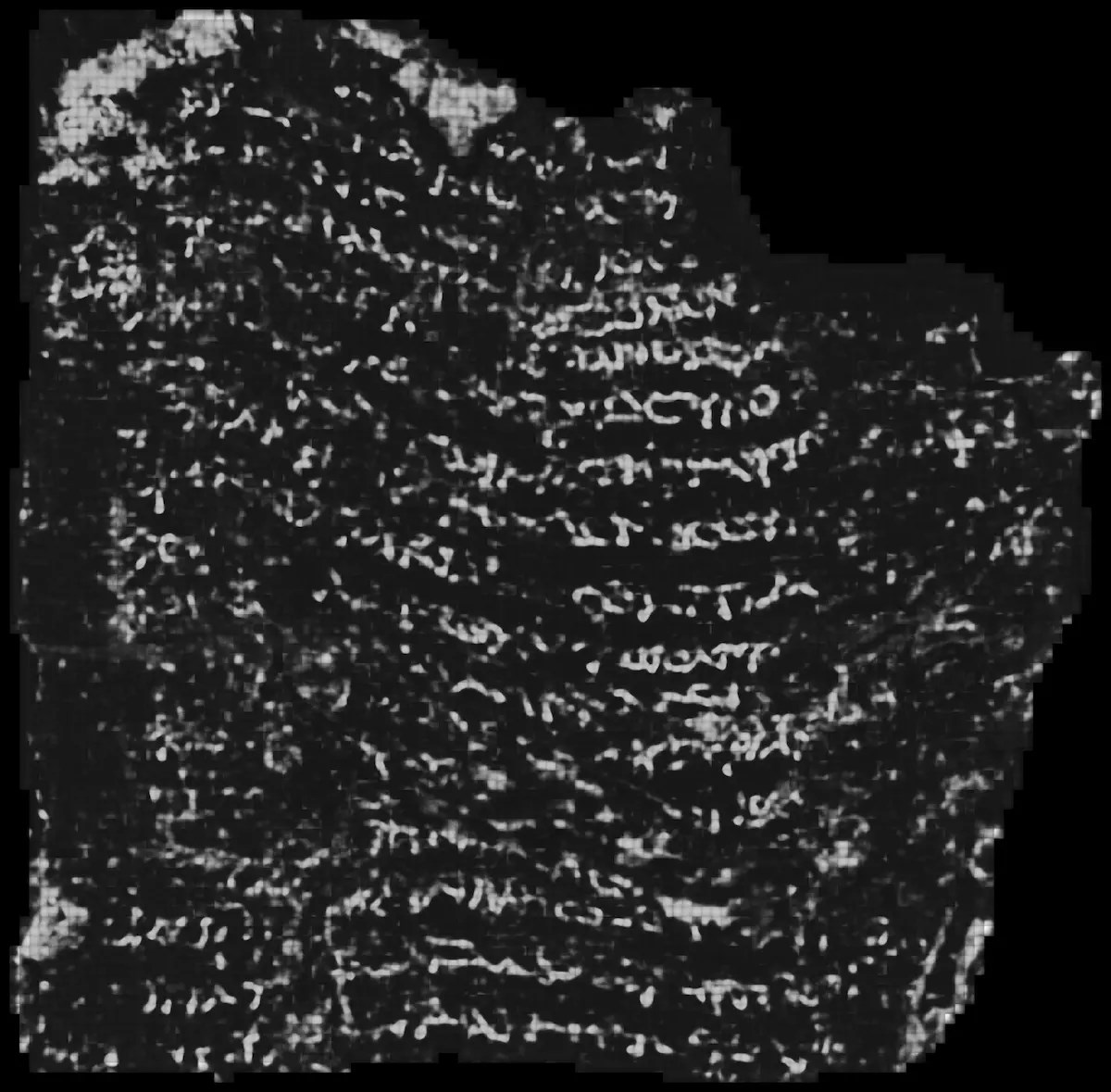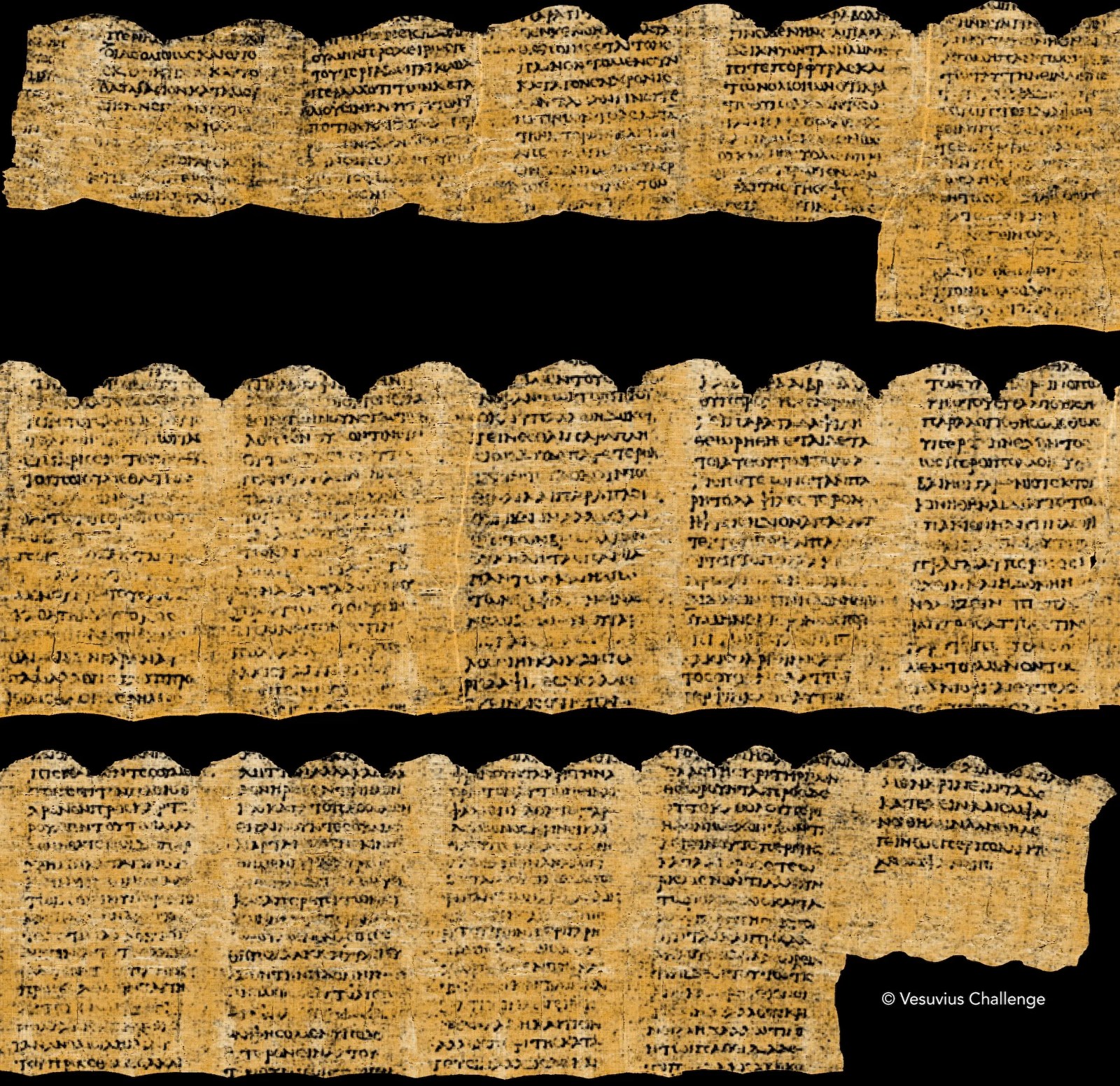The Herculaneum scrolls, charred by the eruption of Mount Vesuvius, are waiting to be unearthed with modern technology. Scientists are promising a great reward to artificial intelligence experts who can decipher these ancient texts.
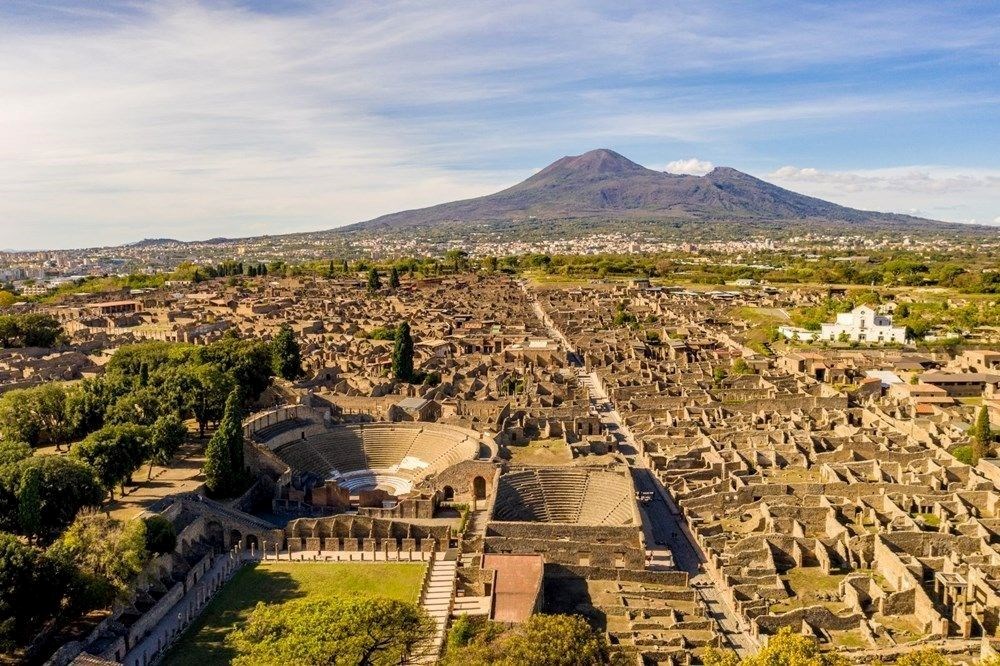
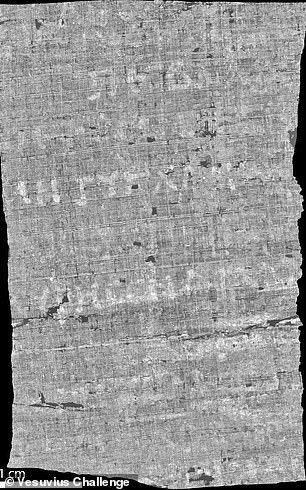
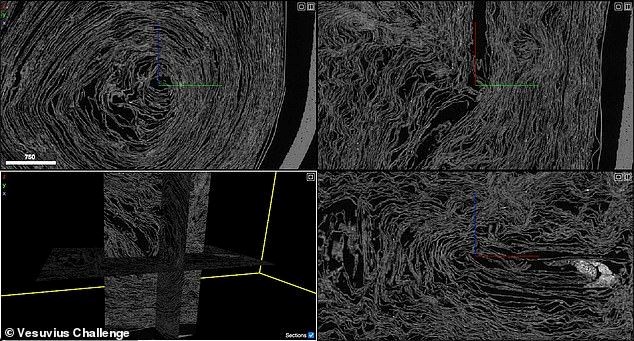
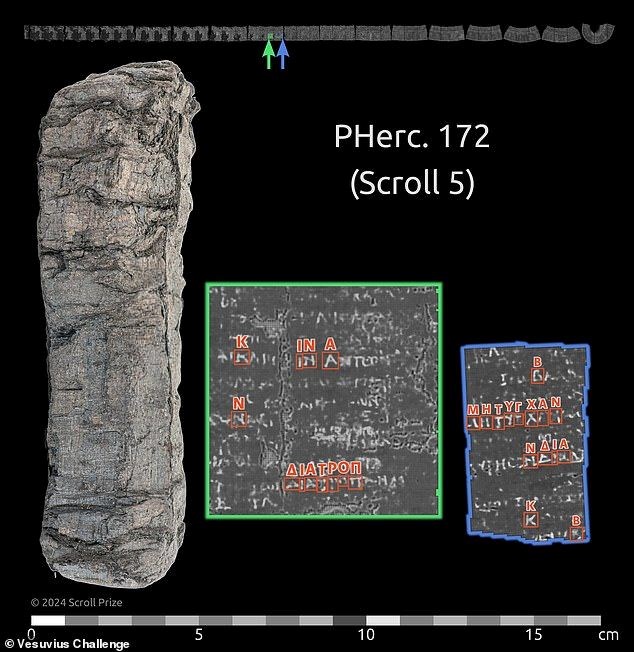
The talented engineers who win the competition will be awarded a prize of 400 thousand pounds (approximately 15 million TL).
The competition ends on December 31.
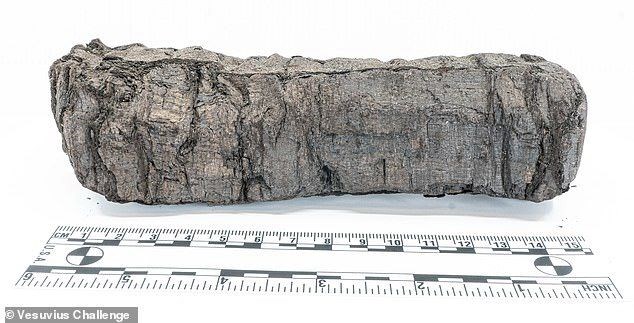
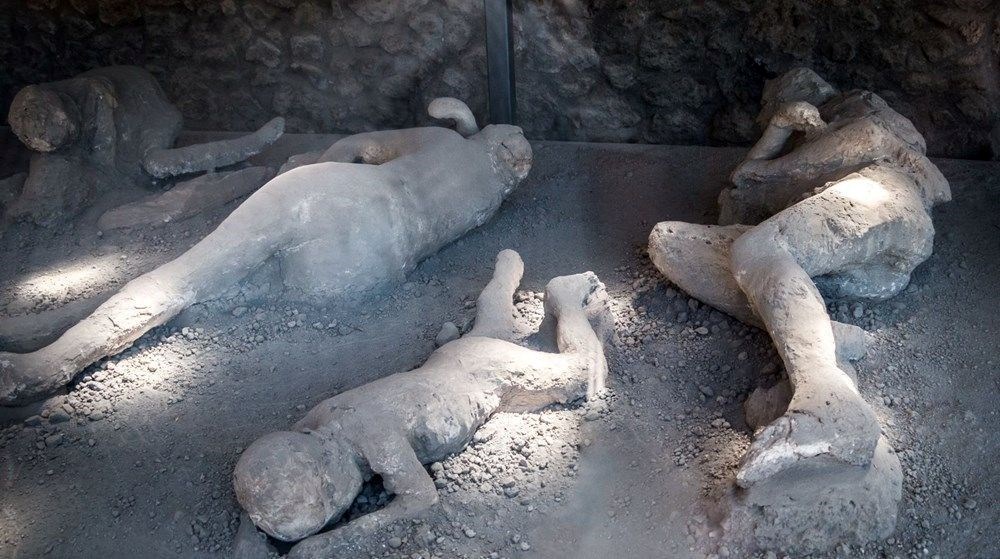
Intriguing details about the last night of the famous philosopher Plato were discovered on a parchment. It was revealed that Plato criticized a slave girl’s flute playing, listened to music and was with his friends in the last hours of his life.
“This is just the beginning. There are hundreds of texts yet to be discovered,” scientists say.
